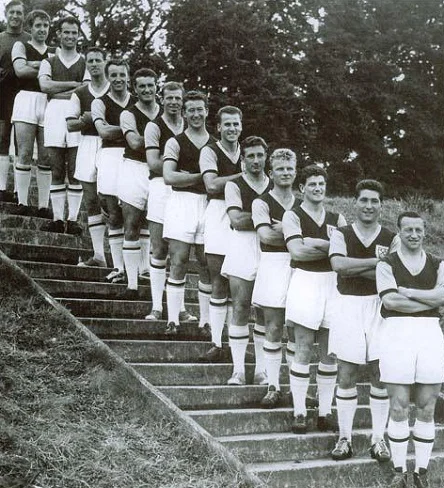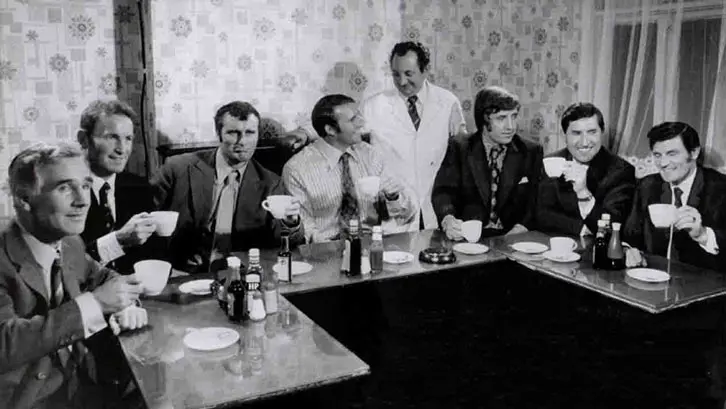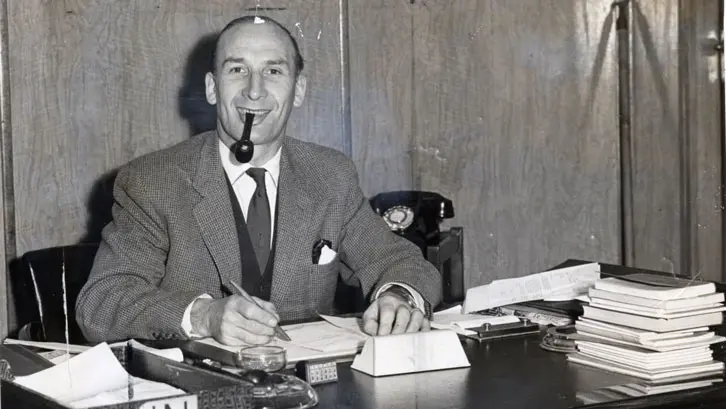For West Ham United, the 1950s was the decade when the world-famous ‘Academy of Football’ truly came into being.
The process of identifying promising young players and developing them into ‘not only good footballers, but good men’ began under the management of Ted Fenton.
A wing-half who played for the Club between 1932 and 1946, Fenton became assistant to Charlie Paynter in 1948 before taking charge himself two years later.
Born and raised in Forest Gate, Fenton joined West Ham as a schoolboy before making his first-team debut at 17 in 1932. He went on to make 383 appearances, including War-time matches, scoring 63 goals.
Having come through the system himself, Fenton saw the benefit of breeding his own players, both on the pitch and financially, and set putting together a team of home-grown youngsters.
The 1950s saw the likes of Bobby Moore, Geoff Hurst, Ken Brown, Malcolm Musgrove, Ronnie Boyce and Martin Peters recruited by Fenton and his staff, with many playing a central role to West Ham’s outstanding success during the following decade.
The home-produced talent was supplemented by the scouting and signing of able young players from elsewhere, including Irishmen Noel Cantwell, Tommy Moroney and Frank O’Farrell, Scotsmen John Dick and Jimmy Andrews, Kent-born Malcolm Allison, and north Essex-born pair Vic Keeble and John Bond.
The players embraced Fenton’s idea that they should spend time together off the pitch, discussing their footballing philosophies, tactics and adopting nutritional diets to improve their level of performance. Fenton also introduced continental ideas taken from, among others, the outstanding Hungary team of the 1950s, revamping training methods and encouraging his players to study coaching method themselves, often during afternoon sessions at Café Cassettari on the nearby Barking Road.
These innovative concepts combined to produce a new approach that came to be known as ‘The West Ham Way’.
Before the players could embark on their trophy hunt, however, West Ham had to achieve the small matter of promotion from Division Two.
After achieving two eighth-place finishes in 1955 and 1957, the Hammers launched a concerted bid to return to the top flight during the second half of the 1957/58 campaign.



